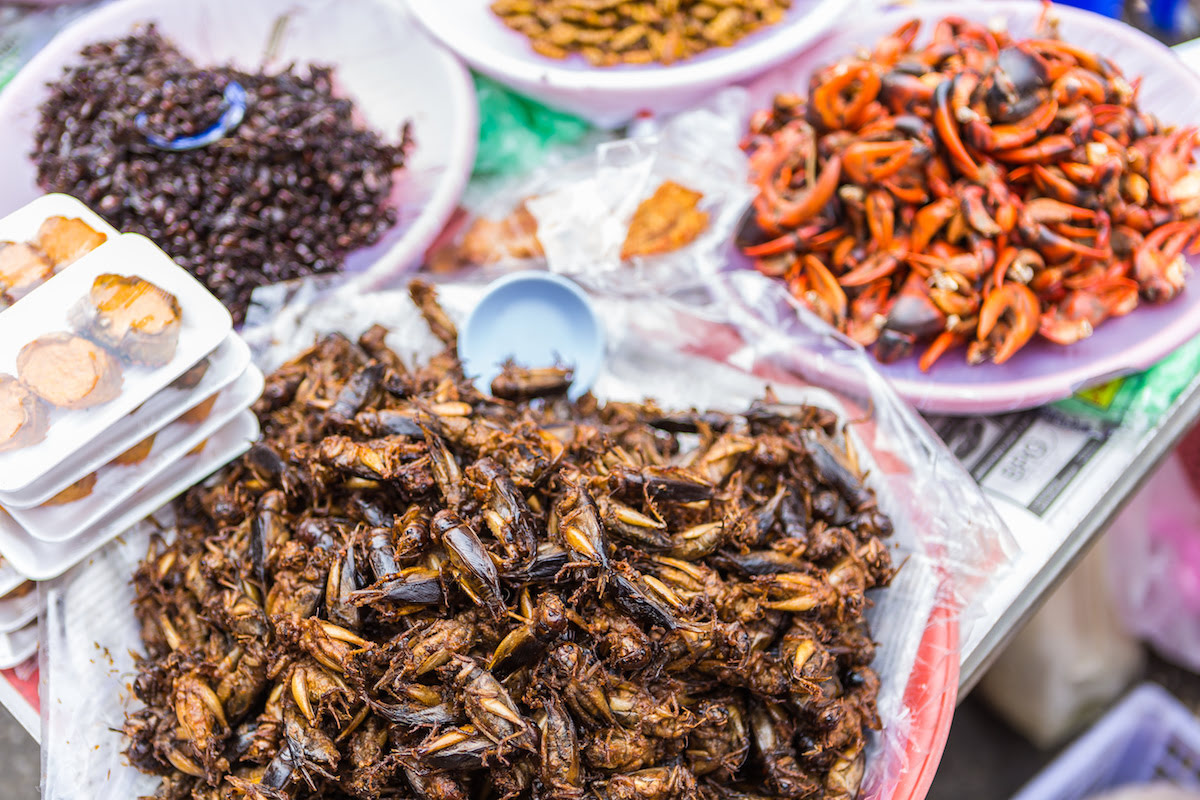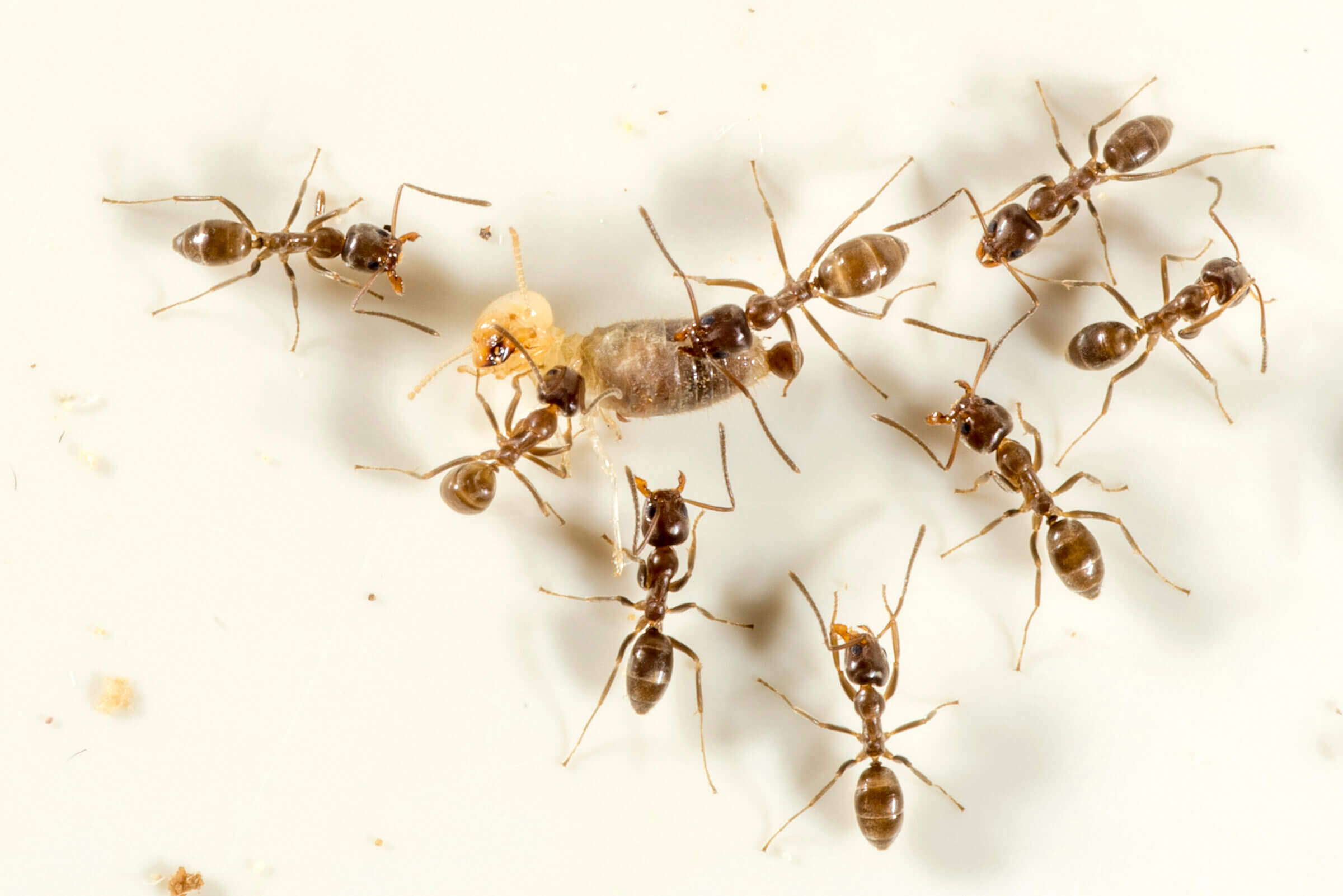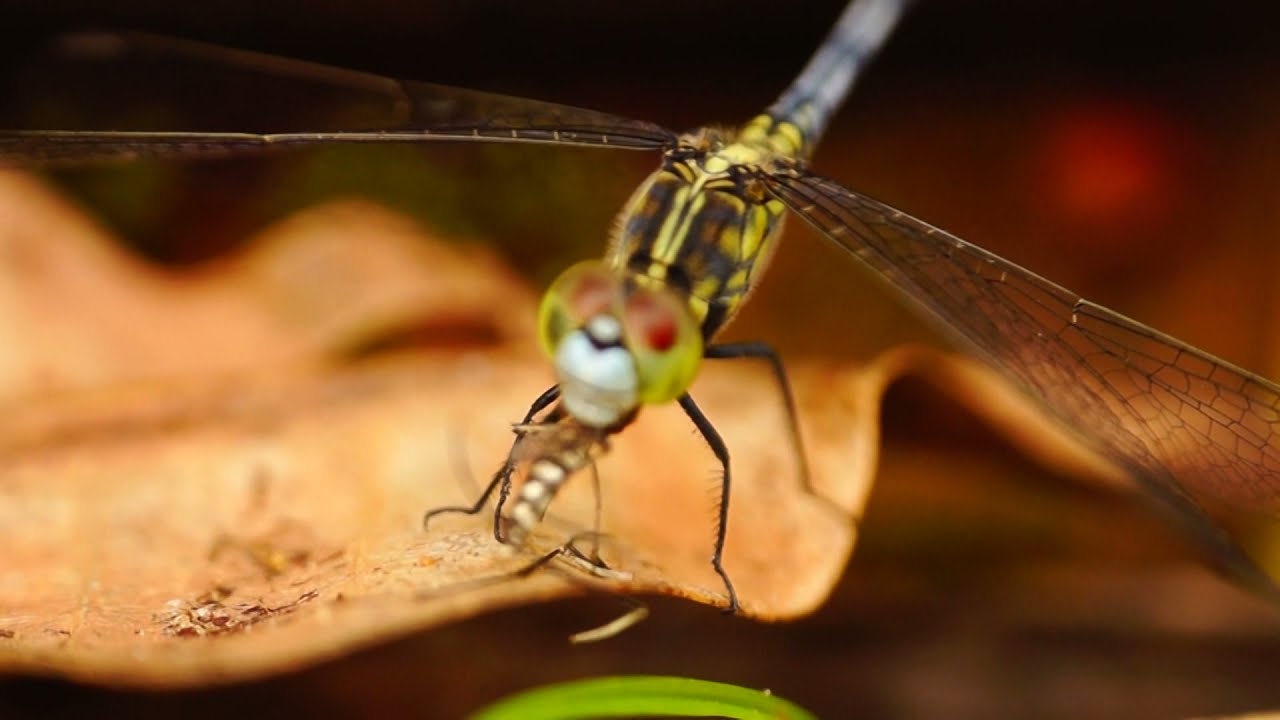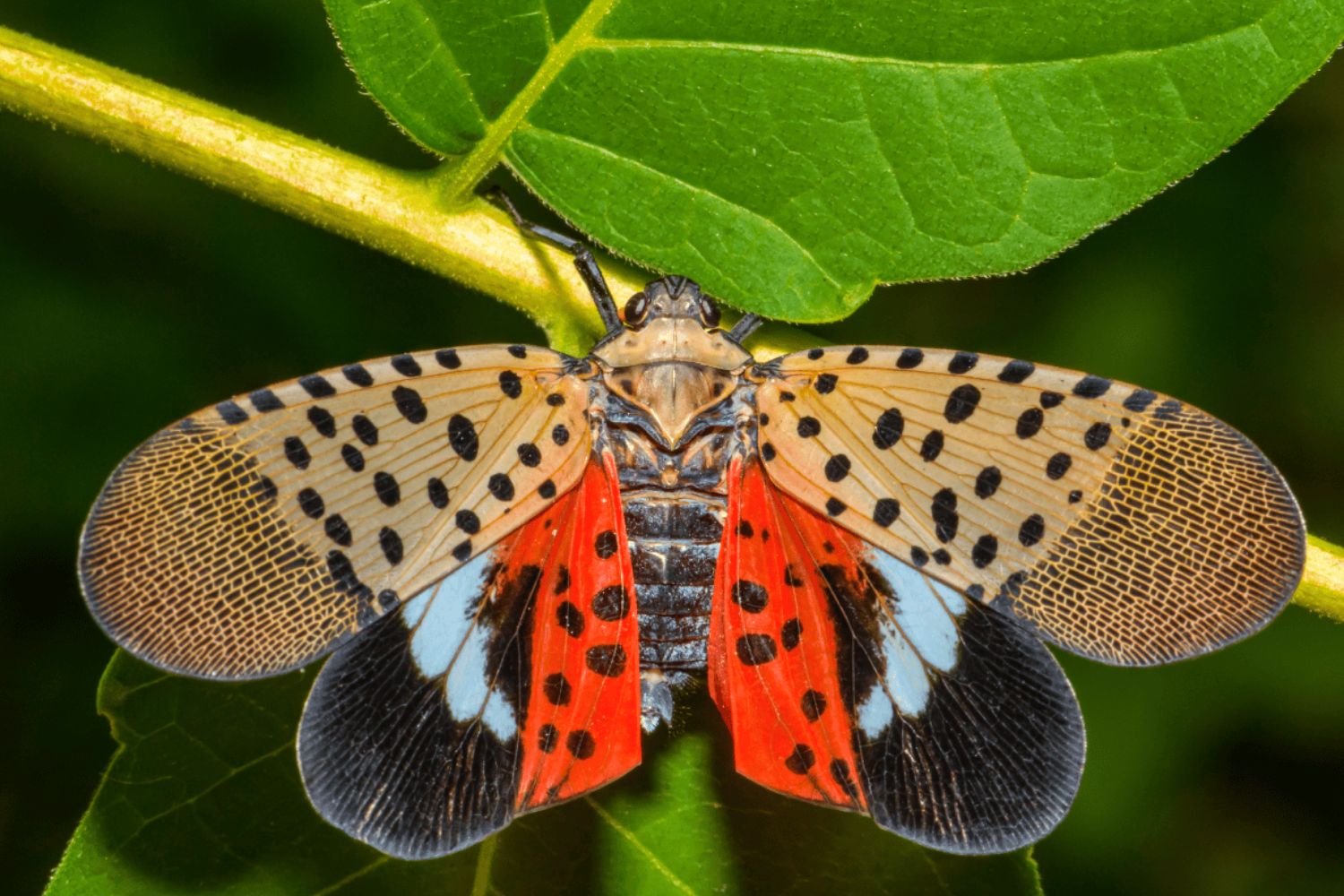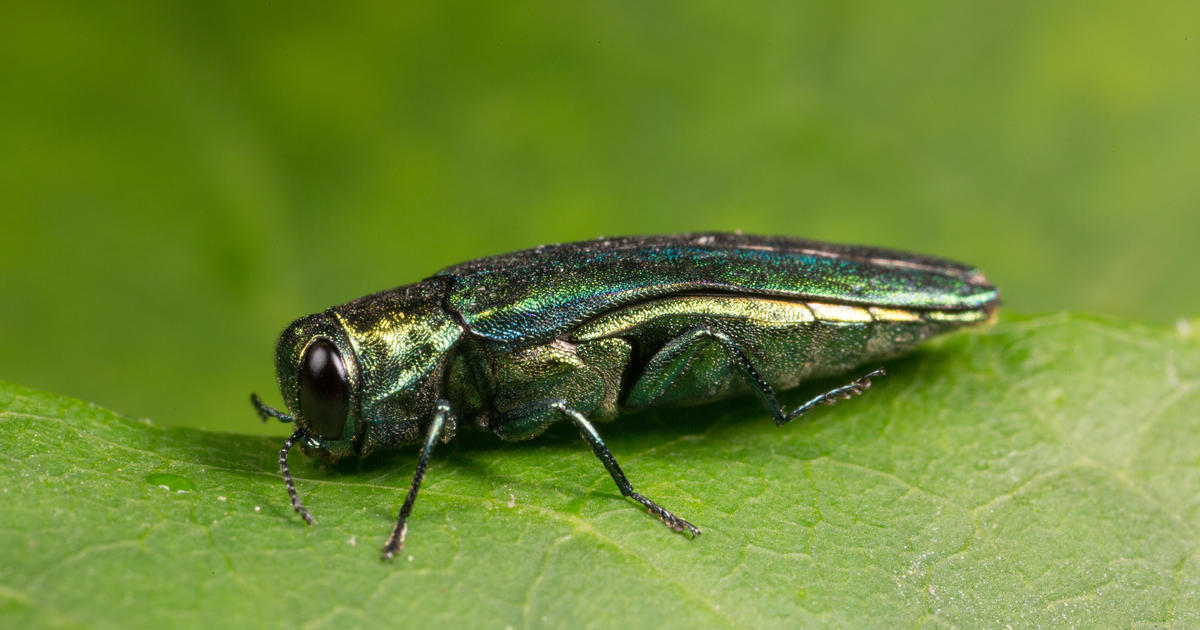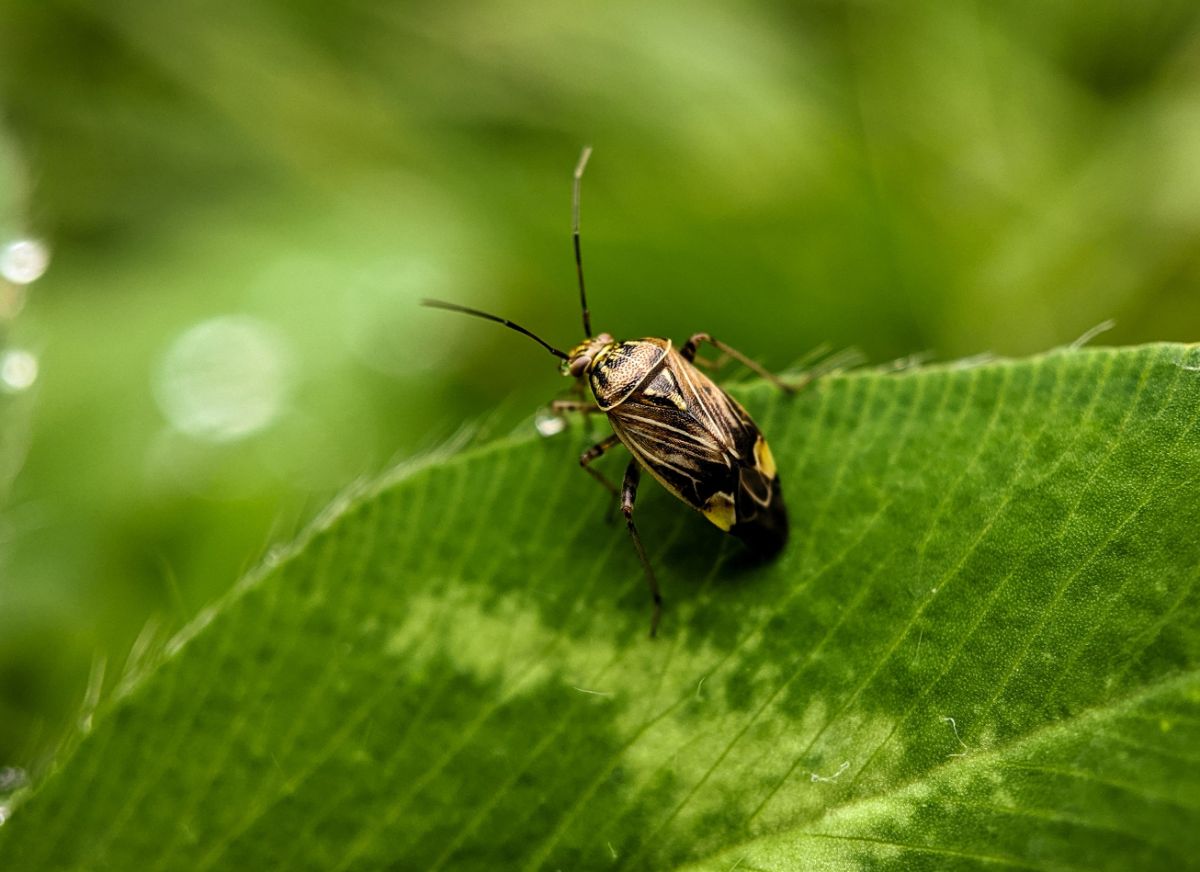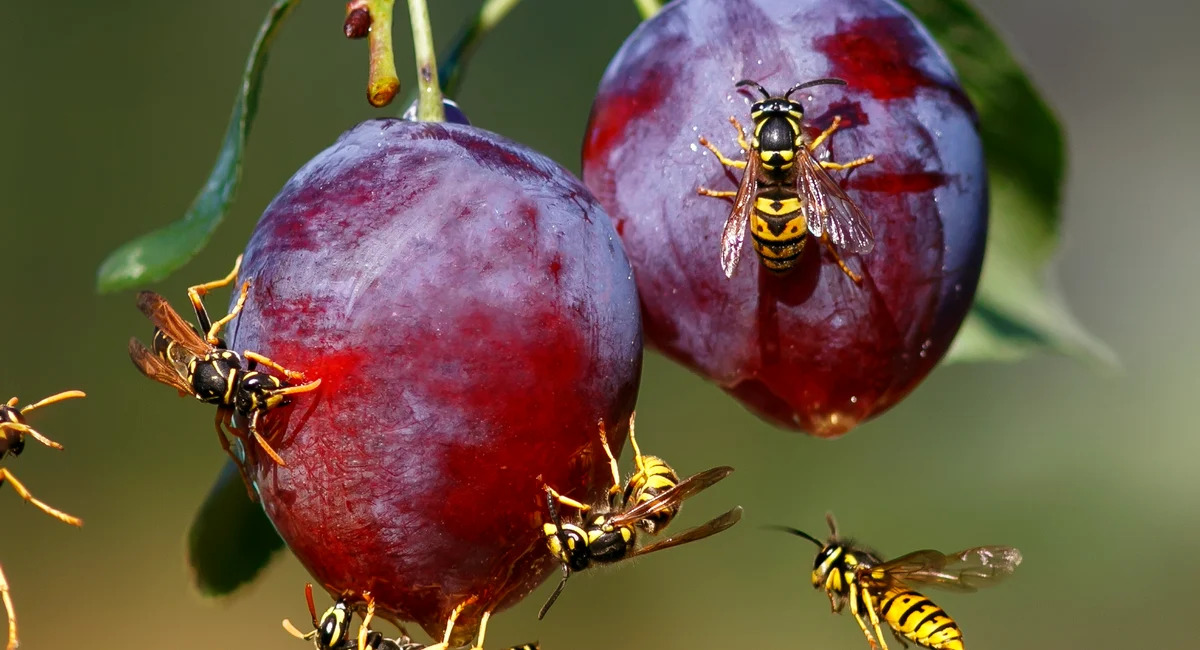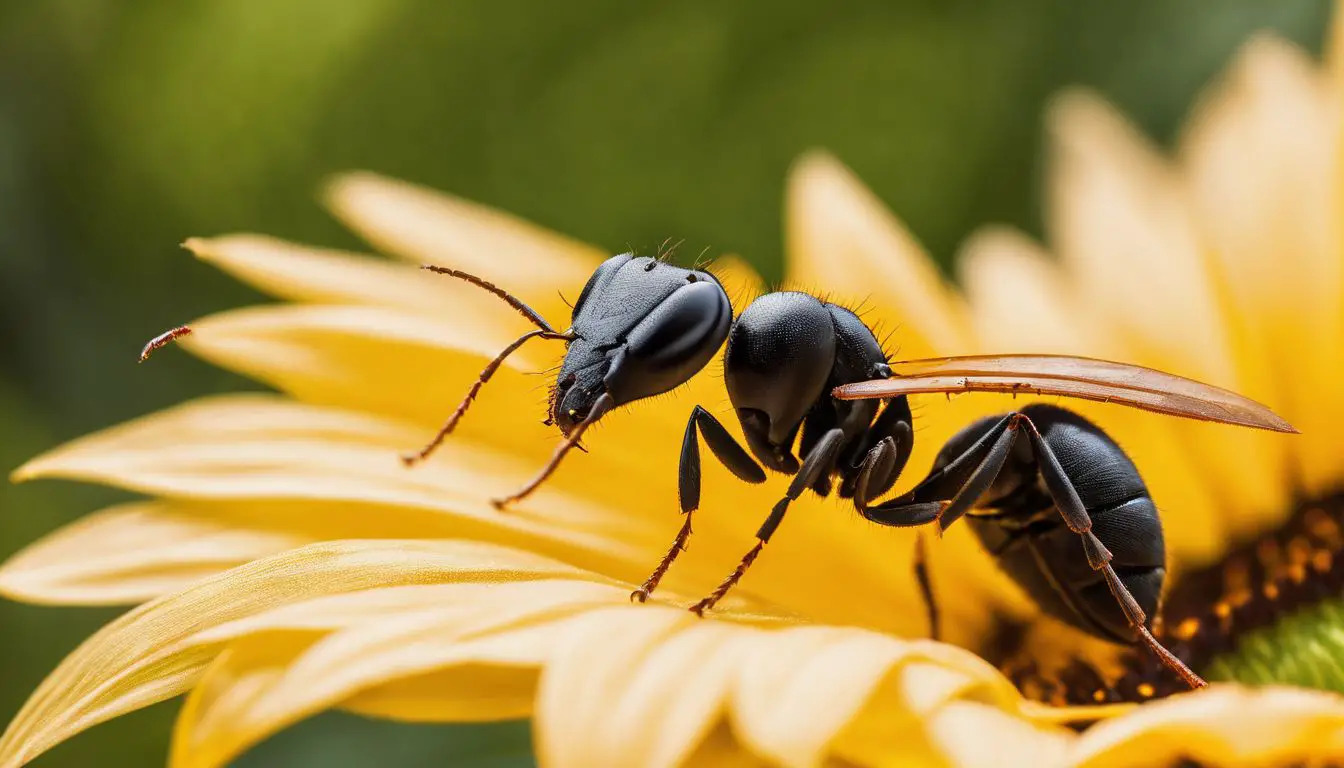Home>Gardening News and Trends>Latest News>What Insects Eat Roses
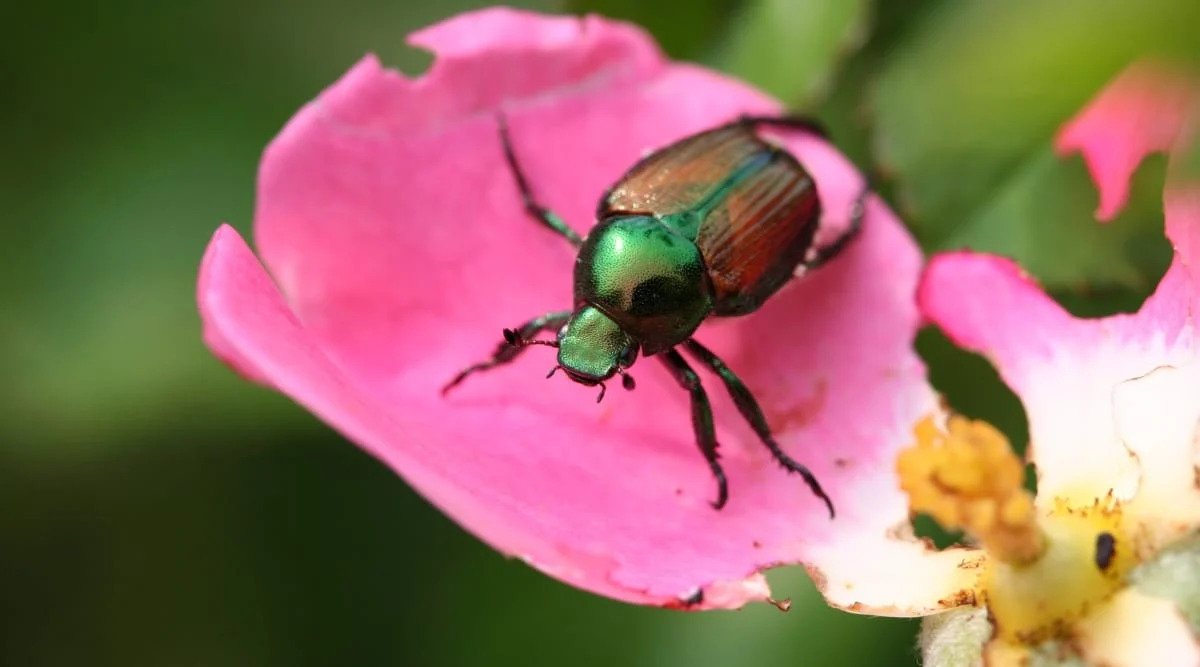

Latest News
What Insects Eat Roses
Modified: January 22, 2024
Discover the latest news on what insects eat roses. Explore tips and insights to protect your beloved flowers from these voracious pests.
(Many of the links in this article redirect to a specific reviewed product. Your purchase of these products through affiliate links helps to generate commission for Chicagolandgardening.com, at no extra cost. Learn more)
Table of Contents
Introduction
When it comes to beautiful and vibrant garden flowers, roses have always held a special place in our hearts. Their delicate petals, sweet fragrance, and vibrant colors can instantly brighten up any landscape. However, roses are not immune to the relentless appetite of insects. These tiny creatures can often be found feasting on the tender leaves, buds, and even the stems of roses, leaving behind a trail of damage and frustration for gardeners.
Rose plants are susceptible to a variety of insect pests that can cause significant harm if left unchecked. These pests range from the microscopic aphids to the notorious Japanese beetles. Understanding the types of insects that feed on roses, the damage they can cause, and the methods to manage and prevent infestations is crucial for maintaining healthy and thriving rose plants.
In this article, we will explore the various types of insects that commonly feed on roses and the damage they can inflict. We will also discuss effective management strategies, including natural methods and chemical controls, to prevent and control insect infestations. By the end of this article, you will be equipped with the knowledge to protect your precious roses and ensure they continue to flourish.
Types of Insects That Feed on Roses
Roses are attractive targets for a wide range of insect pests that are drawn to their leaves, flowers, and sap. Let’s explore some of the most common insects that can be found feasting on roses:
- Aphids: These small, soft-bodied insects are a common sight on roses. They cluster on the undersides of leaves and buds, sucking the sap and causing leaves to curl and distort. Aphids are usually green or black in color and reproduce rapidly, making them a persistent problem.
- Thrips: These tiny, slender insects feed on rose flowers and buds. They cause damage by piercing the petals and extracting sap, resulting in distorted and discolored blooms. Thrips are often pale or yellowish and can be difficult to spot due to their small size.
- Japanese Beetles: These metallic green and copper-colored beetles are known for their voracious appetite and destructive feeding habits. They chew on the leaves, flowers, and even the petals of roses, causing skeletonized foliage and unsightly damage.
- Rose Chafers: Similar in appearance to Japanese beetles, rose chafers are tan or brown in color. They feed on rose foliage and flowers, causing ragged edges and chewed petals. While not as common as Japanese beetles, they can still be a nuisance in rose gardens.
- Spider Mites: These tiny arachnids are not insects, but they can cause significant damage to roses. Spider mites suck the sap from leaves, resulting in yellowing, wilting, and eventually defoliation if left untreated. They are often found in dry environments and can rapidly multiply.
These are just a few examples of the insect pests that can be found on roses. Others include sawflies, rose slugs, scale insects, and caterpillars. Each insect has its own feeding habits and damage patterns, but they all share the common goal of feasting on rose plants.
Now that we have a better understanding of the pests that target roses, let’s delve into the damage they can cause and how to manage their presence effectively.
Damage Caused by Insects on Roses
Insect pests can wreak havoc on beautiful rose plants, causing a range of damage that can impact their health and aesthetic appeal. Here are some common ways in which insects can harm roses:
- Defoliation: Many insects, such as aphids and caterpillars, feed on rose foliage, leading to defoliation. This can weaken the plants and reduce their ability to produce energy through photosynthesis.
- Stunted Growth: When insects consume the sap or extract nutrients from roses, it can hinder their growth and development. This can result in stunted or distorted leaves, stems, and flowers.
- Deformed Blooms: Insects like thrips and spider mites can cause damage to rose buds and flowers, resulting in deformed or discolored blooms. This can be particularly disheartening for rose enthusiasts who look forward to enjoying the beauty of fully formed, vibrant flowers.
- Spread of Diseases: Some insects, like aphids, can act as vectors for various plant diseases. As they feed on roses, they can transmit pathogens that cause diseases such as rose mosaic virus and rose rosette disease.
- Reduced Flower Production: Pests that target rose flowers can reduce the overall production of blooms. They may damage the petals, cause premature wilt, or prevent the buds from opening properly, leading to fewer flowers to enjoy.
The extent of damage caused by insects on roses can vary depending on the severity of the infestation and the resilience of the plant. However, it’s essential to take action to prevent and control these pests to minimize the potential harm to your precious roses.
In the next section, we will explore management and prevention strategies to keep your roses healthy and free from insect infestations.
Management and Prevention of Insect Feeding on Roses
Keeping insect pests at bay is key to maintaining the health and beauty of your roses. Here are some effective management and prevention strategies to protect your plants:
- Regular Inspections: Take the time to regularly inspect your rose plants, paying close attention to the underside of leaves and buds where pests tend to hide. Early detection allows for prompt action and prevents infestations from escalating.
- Pruning and Cleaning: Remove any dead or damaged leaves, flowers, and stems, as they can attract pests and provide them with a breeding ground. Pruning also improves air circulation and helps maintain the overall health of the plant.
- Encourage Beneficial Insects: Certain insects, like ladybugs and lacewings, are natural predators of common rose pests. Planting companion plants that attract these beneficial insects, such as dill, yarrow, and marigolds, can help keep pest populations in check.
- Physical Barriers: Use physical barriers such as insect netting or row covers to prevent pests from reaching your rose plants. This is particularly effective against flying insects like Japanese beetles and rose chafers.
- Watering and Fertilizing: Proper watering and fertilizing practices contribute to overall plant health, making roses less susceptible to pest damage. Ensure your roses receive adequate water without overwatering, and use balanced fertilizers to provide the necessary nutrients.
- Companion Planting: Planting certain flowers and herbs alongside roses can help deter pest infestations. For example, planting garlic or chives near roses can repel aphids, while planting mint or catnip can repel thrips.
Remember that prevention is key when it comes to managing insect feeding on roses. By implementing these strategies, you can create an environment that is less favorable to pests and promotes the health of your rose plants.
Next, we will explore natural methods and chemical controls that can be used to effectively manage insect infestations on roses.
Natural Methods to Control Insect Infestation on Roses
If you prefer to take a more organic approach to managing insect infestations on your roses, there are several natural methods that can be effective. These methods help control pests while minimizing the use of potentially harmful chemicals. Here are some natural strategies to consider:
- Hand Picking: For small infestations, manually removing pests from your roses can be an effective method. Wear gloves and simply pick off the insects and drop them into a bucket of soapy water to kill them.
- Blast with Water: Use a strong spray of water to dislodge and remove pests from your rose plants. This method works well for aphids and other soft-bodied insects that are not firmly attached to the plant.
- Neem Oil: Neem oil is a natural insecticide derived from the seeds of the neem tree. It acts as a repellent, disrupts the pests’ hormonal balance, and can even suppress their feeding and reproductive abilities. Follow the instructions on the product for proper application.
- Insecticidal Soap: Insecticidal soap is made from natural ingredients and can be effective against a range of pests, including aphids, thrips, and spider mites. It works by suffocating the insects through its contact with their bodies. Apply according to the instructions provided.
- Beneficial Nematodes: Beneficial nematodes are microscopic worms that prey on soil-dwelling pests, such as larvae and grubs. They can be applied to the soil around your roses to help control pests like Japanese beetle larvae.
- Garlic Spray: Create a homemade garlic spray by blending garlic cloves with water and straining the mixture. This natural repellent can help deter pests like aphids and caterpillars.
It’s important to note that while natural methods can be effective, they may require more frequent application and may not completely eliminate all pests. It’s best to combine different natural methods and continually monitor your rose plants for any signs of infestation.
Next, we will explore chemical control options for managing insect pests on roses.
Chemical Control of Insect Pests on Roses
When natural methods are not sufficient or if you are dealing with a severe infestation, chemical control may be necessary to effectively manage insect pests on your roses. Here are some commonly used chemical options:
- Insecticides: There are various insecticides available specifically formulated for controlling pests on roses. These insecticides come in different forms such as sprays, dusts, and granules. It is important to carefully read and follow the instructions provided on the product label for proper application.
- Systemic Insecticides: Systemic insecticides are absorbed by the plant and are transported throughout its tissues. When insects feed on the plant, they ingest the insecticide, leading to their demise. Systemic insecticides provide long-lasting protection and can target a wide range of pests.
- Rose Systemic Drench: This concentrated liquid is applied directly to the soil around the base of the rose plant. It is absorbed by the roots and transported to the leaves and stems, protecting the plant from pests for an extended period.
- Multi-Purpose Insecticides: Some insecticides are designed to control a broad spectrum of pests, including aphids, thrips, Japanese beetles, and more. These products provide convenience and efficiency by targeting multiple pests with a single application.
- Consult a Professional: If you are unsure about which chemical control option to use or if the infestation persists despite your efforts, it may be wise to consult a professional pest control expert. They can assess the situation and recommend the most appropriate and effective treatment for your specific pest problem.
When using chemical control methods, it is important to prioritize safety. Wear protective clothing, follow the instructions carefully, and be mindful of the potential impact on beneficial insects, pollinators, and the environment. Consider using chemical control as a last resort and always explore and exhaust natural methods first.
With proper knowledge and careful application, chemical control can be an effective solution for managing insect pests on roses.
In the next section, we will wrap up the article with a summary of the key points discussed and some final thoughts on protecting your roses from insect infestations.
Conclusion
Insects are a natural part of the ecosystem, and it’s not surprising that they are attracted to the beauty of roses. However, with the right management and prevention strategies, you can protect your roses from the damage caused by these insect pests.
We explored the types of insects that commonly feed on roses, including aphids, thrips, Japanese beetles, rose chafers, and spider mites. These pests can cause defoliation, stunted growth, deformed blooms, spread of diseases, and reduced flower production.
To effectively manage and prevent insect infestations, regular inspections, pruning, and cleaning are essential. Encouraging beneficial insects, such as ladybugs, and implementing physical barriers like netting can also be helpful. Proper watering, fertilizing, and companion planting can create a hostile environment for pests.
If natural methods are not sufficient, chemical control options such as insecticides and systemic treatments can be considered. However, it’s crucial to prioritize safety and proper application, and to consult a professional if needed.
Remember, prevention is key when it comes to protecting your roses from insect feeding. By implementing these strategies, you can keep your roses healthy, vibrant, and free from destructive pests.
So, roll up your sleeves, put on your gardening gloves, and take proactive measures to keep your roses thriving. With a little care and attention, you can enjoy the beauty of your roses while keeping those pesky insects at bay.
